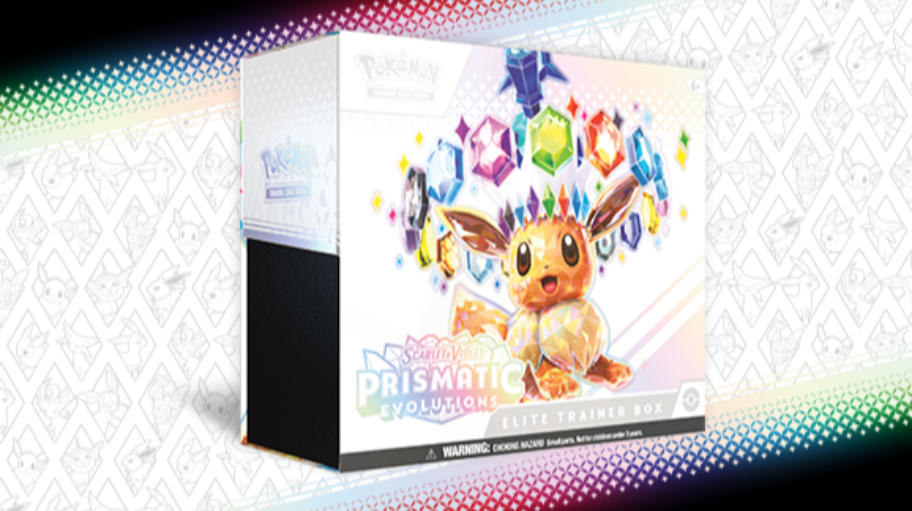In recent years, Pokémon Trading Card Game (TCG) collecting has morphed from a nostalgic hobby into a cultural phenomenon echoing the frenzied peaks of the 1990s sports card market. If you’ve strolled past a large retail store on a typical Friday morning, you might have noticed the sizeable number of eager customers lining up as they wait for newly stocked Pokémon cards. These queues of committed collectors and hopeful scalpers alike form what seems to be the epicenter of a vivid Pokémon card craze. However, enthusiasts have begun to wonder: how long can this fervor sustain before, inevitably, the bubble bursts?
Friday mornings have assumed the vibe of a competitive sport as restocking day has become the climax of friendly competitions and cutthroat scuffles. Collectors anticipate these restocks like an elite sportsperson visualizes their final match, preparing to sprint to the toy aisle and claim whatever Pokémon paraphernalia comes their way. Meanwhile, scalpers, with less reverence for the Pokémon universe, see dollar signs rather than collecting joy. These enterprising individuals stockpile items like sealed boxes, tins, and packs in the hope of future profits that they dream will replicate the highs of the past 1980s boom. Yet, in doing so, they inadvertently drive up prices, presenting a challenge for genuine fans, especially the young ones, who are unable to partake in the craze due to inflated prices.
Against this frenetic backdrop, The Pokémon Company has taken strategic steps to address burgeoning demand, opting to release higher print volumes. The once-elusive sets that kindled the flame of desire in collectors—sets like “Evolving Skies,” “Crown Zenith,” and niche offerings like the “Van Gogh Pikachu” promotional cards—are now prevalent. Take the “Van Gogh Pikachu,” for instance. This particular card stands as the embodiment of overproduction woes, with some 40,000 PSA 10 copies gracing markets. Such circulation paints a vivid picture of saturation, a cautionary tale of how what was once rare can, with unchecked supply, become all too common.
Peering into the past, we find an eerie reflection of today’s hubbub with the card collecting scene from the ’80s and ’90s. Then, sports card producers fanned the flames of collector passion by churning out cards at unprecedented rates. Initial enthusiasm tallied these cards as rare and high-value, but soon, collectors caught on to the oversupply, realizing that they’d amassed piles of barely collectible paper. Values plummeted, and enthusiasts were left with heaps of now-neglected memorabilia.
As for this Pokémon TCG phenomenon, a similar narrative arc seems poised on the horizon. The frenetic speculative buying, the inflated prices that owe more to allure than actual rarity, and the swelling volumes of graded cards serve as strong indicators pointing towards a potential downturn. The speculative bubble, swollen with hype and boasting of rich returns, risks becoming an unstable façade incapable of sustaining itself under the weight of overproduction and market saturation.
Predicting the exact moment when, if at all, the proverbial Pokémon bubble will pop is an enigma wrapped in uncertainty. But as whispers of saturation grow louder, saturation signals the potential crossroads we’re poised upon. Those entangled in speculative scalping, already burdened with rising debts and antsy creditors, may soon find themselves clamoring to offload their inventory amidst falling prices. At the same time, collectors, recognizing that high populations and excessive prints dictate the market, might inch away, pulling back investments as the market cools.
Veteran collectors advocate for a tempered approach characterized by patience and a cautious eye on prevailing market signals. They suggest prioritizing true rarity over mass hype, recognizing that cycles wax and wane and that history, always an attentive teacher, often repeats its lessons. Should Pokémon TCG’s comets begin their descent, it may impart timeless wisdom on moderation, restraint, and valuing the genuinely rare over the superficially scarce. As the multicolored holographs of the Pokémon world vie for worth, we’re reminded that even the brightest flames sometimes need to pull back, to preserve their luminescence for a different dawn.

